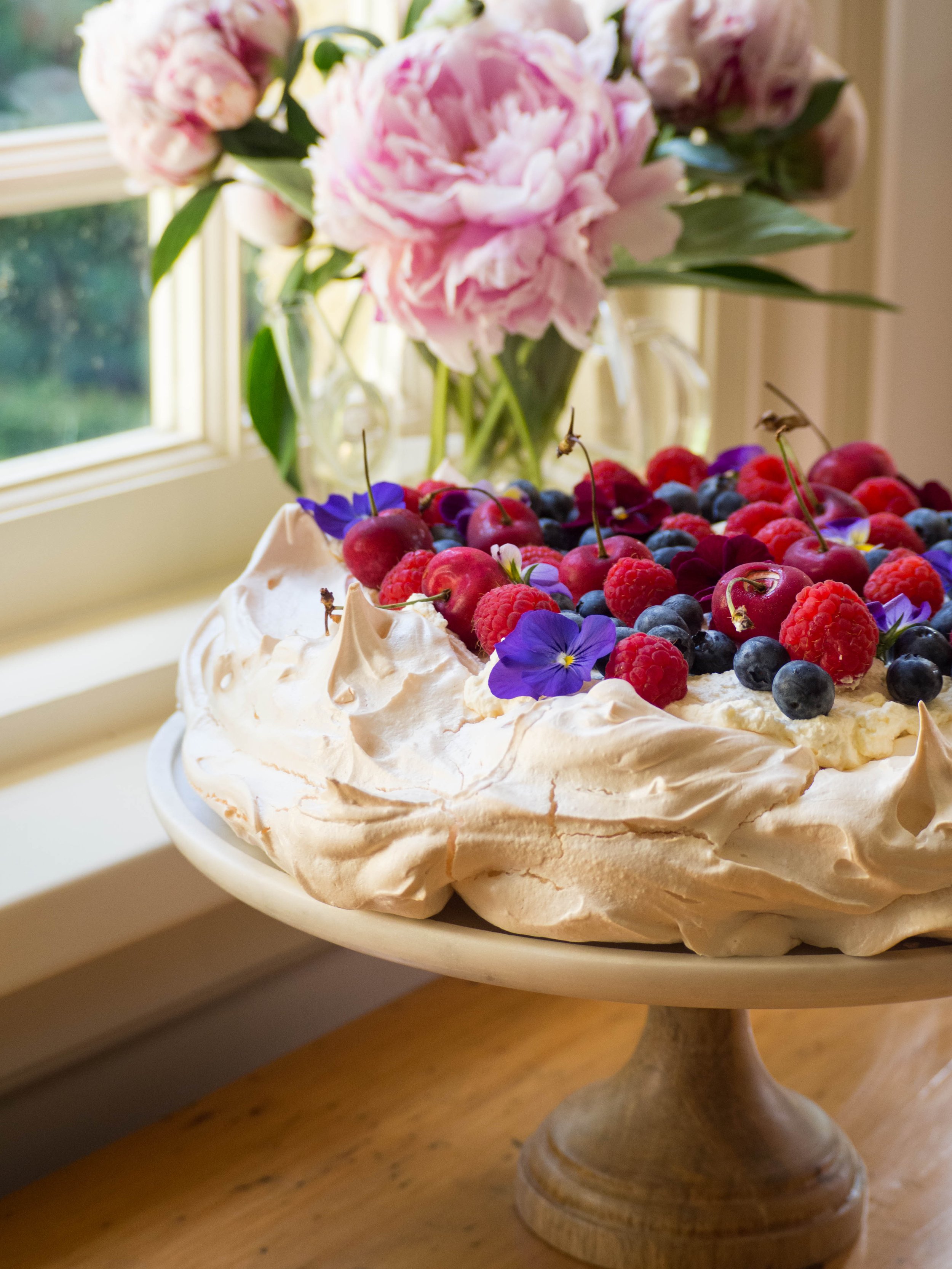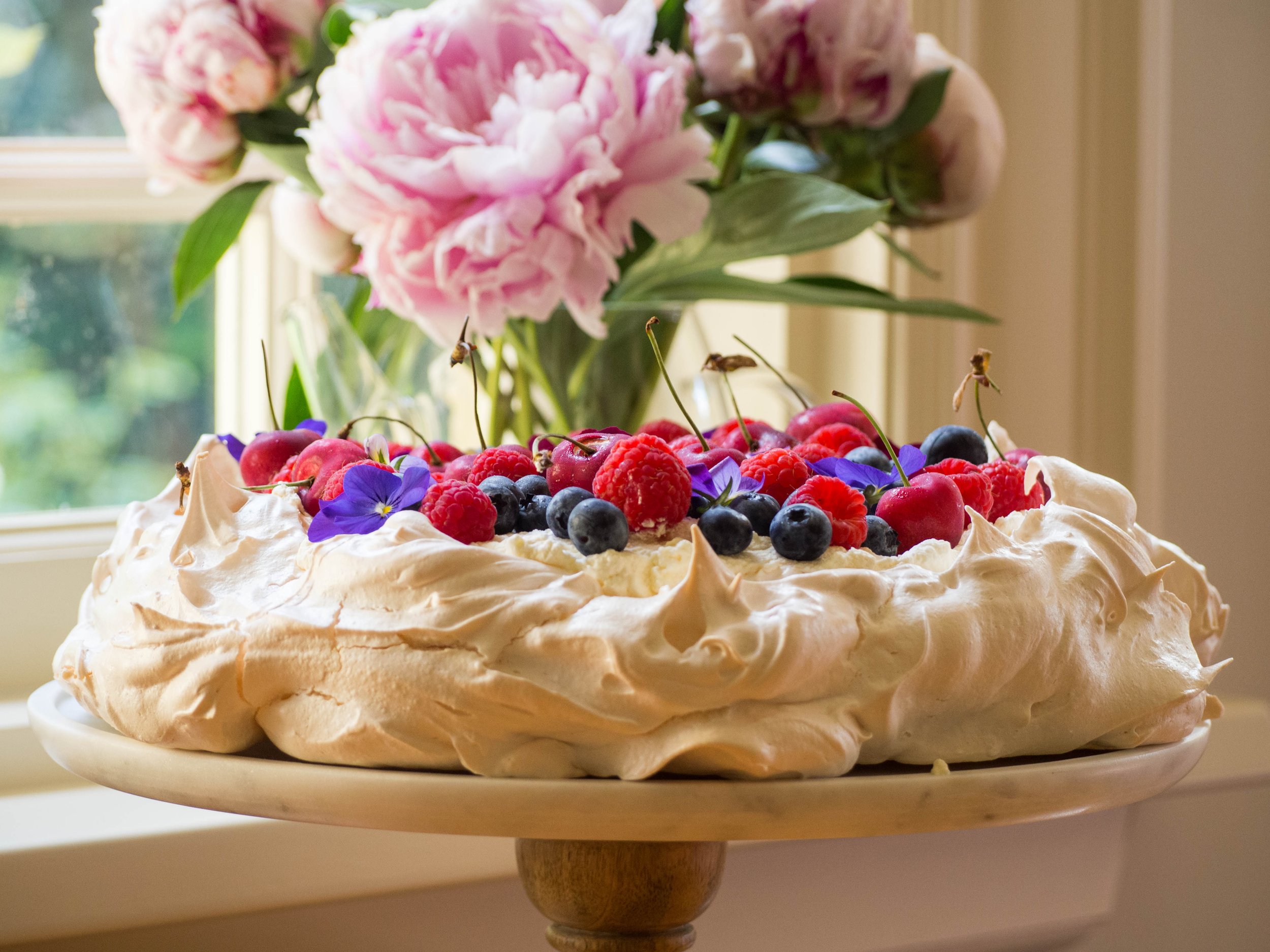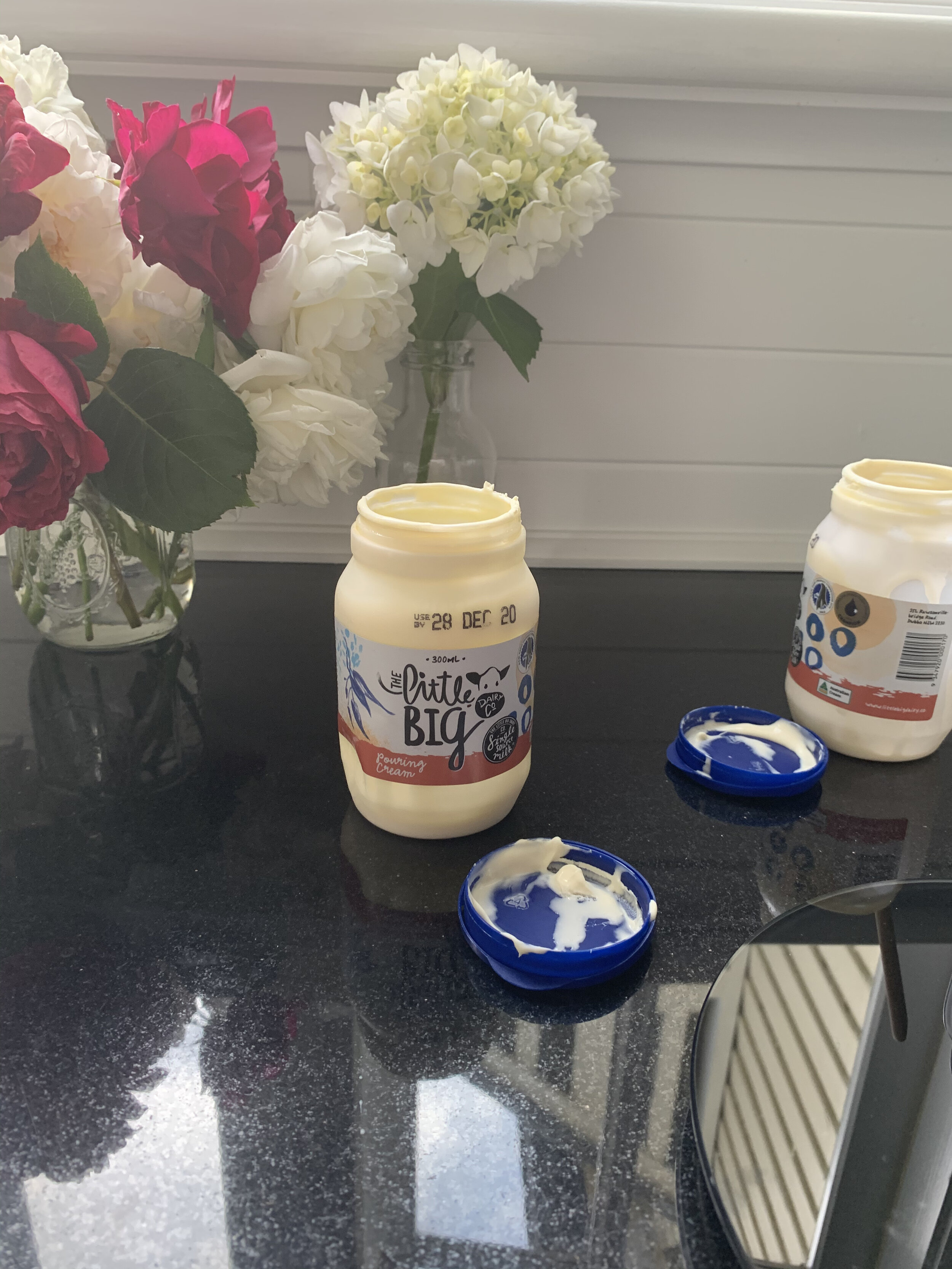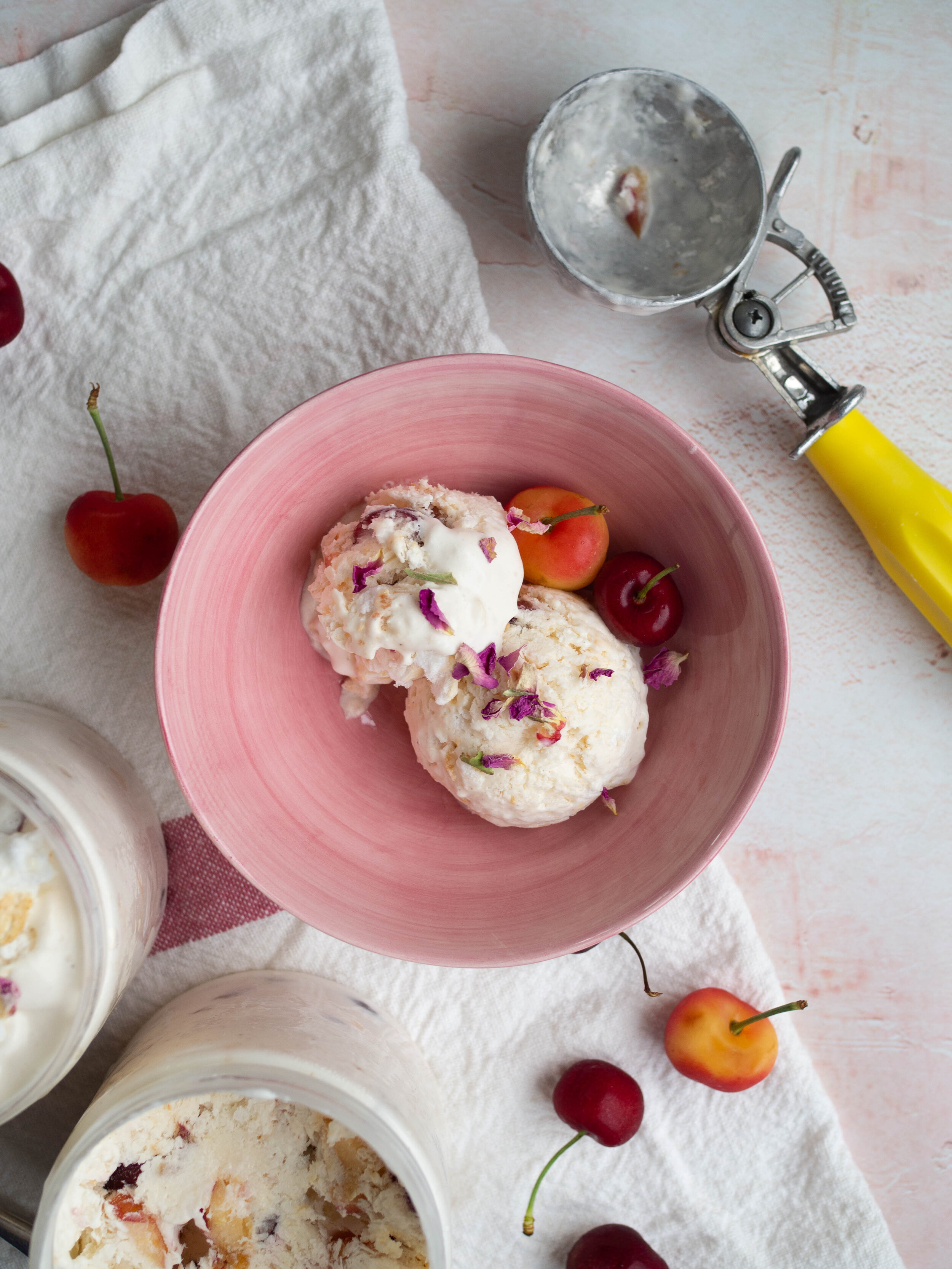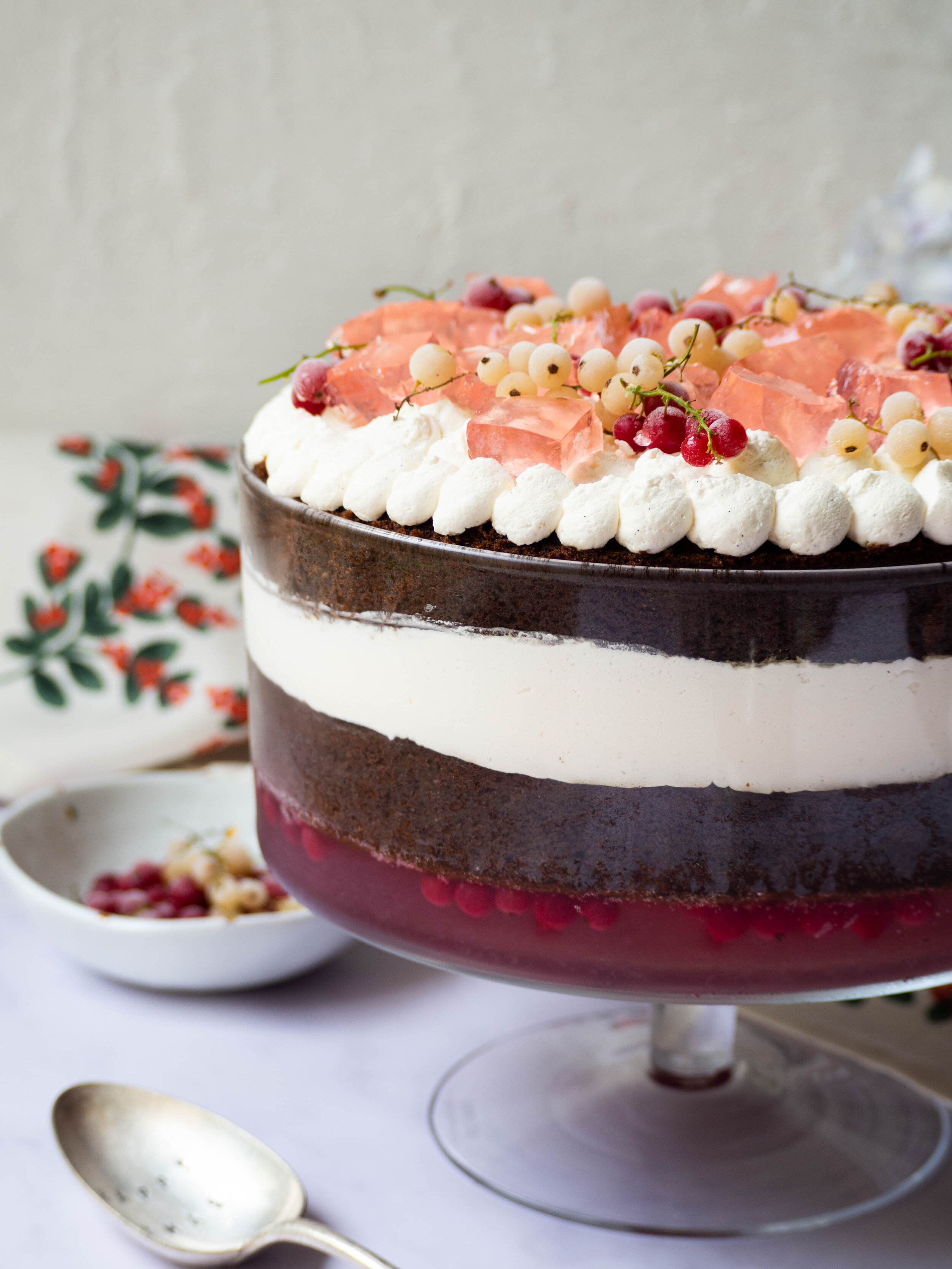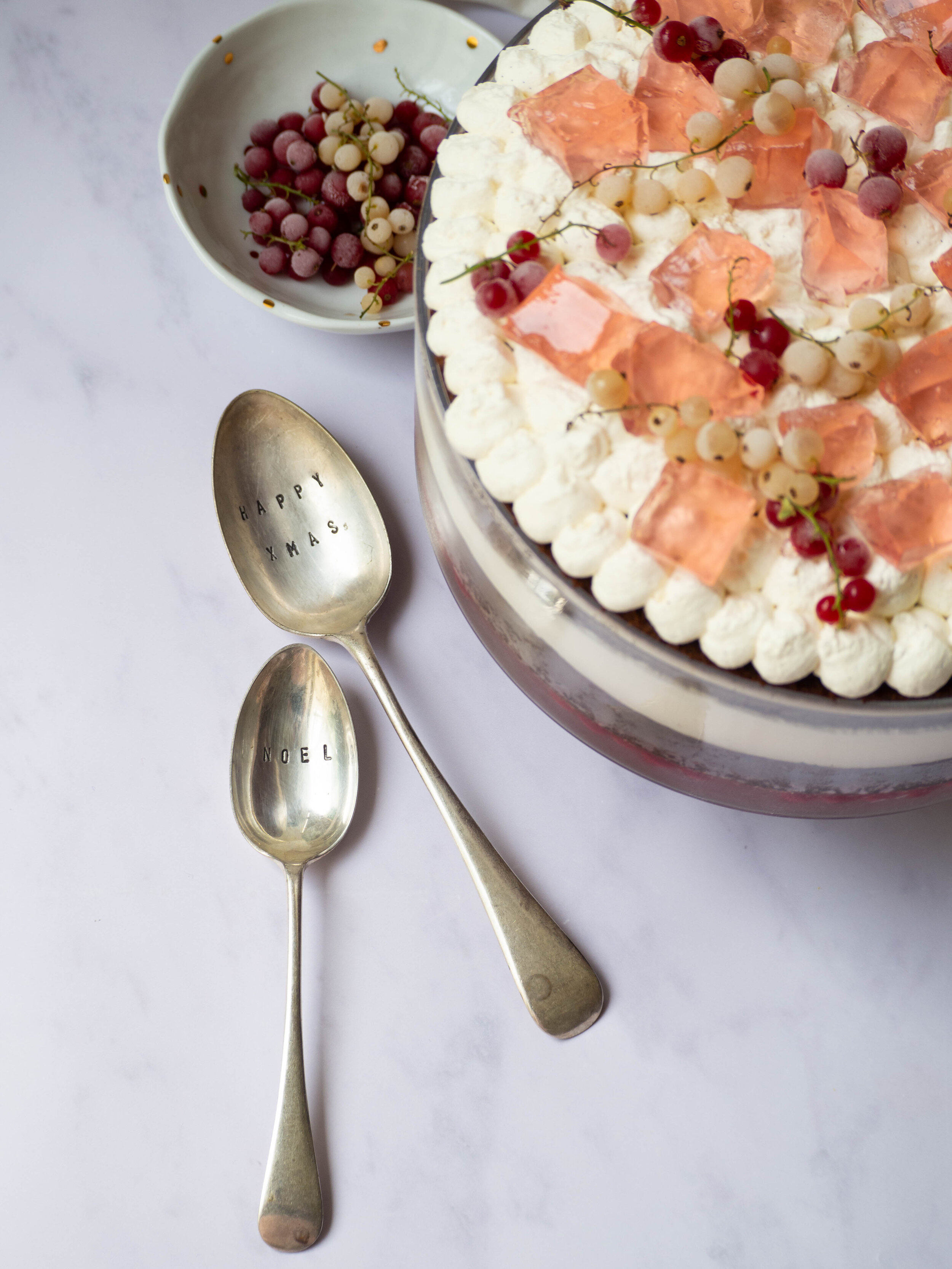This recipe idea came to me not long after I woke up today, and since I actually remembered the idea after I had properly woken up and got ready for the day, I just had to make it.
This crumble is based on the Weeknight Strawberry and Apple Crumble from my cookbook, Everyday Bakes. It’s a pretty flexible recipe and makes enough to generously feed four people.
I always like using apples as the base of my crumble, very finely sliced. You can play around with what other fruit you would like to add. I find a punnet of strawberries goes well, and this time I also added in some already cooked rhubarb I had. You could add berries, pears, stone fruit, or poached quince if you have some already. The quantities for the fruit don’t need to be exact, just make sure you don’t overfill your baking dish or you may end up with any fruit juices overflowing from the dish during baking.
The crumble topping is inspired by ANZAC Biscuits, using oats, brown sugar, coconut and golden syrup, which I’m sure many of us are thinking about making this weekend. I hope this crumble will be a nice thing to make and enjoy this long weekend, along with a batch or two of ANZAC Biscuits.
ANZAC Biscuit Inspired Fruit Crumble
Ingredients:
40g unsalted butter, softened
50g rolled oats (not instant oats)
50g plain flour
50g brown sugar
20g shredded coconut
1 tsp golden syrup
x2 small apples (I prefer Pink Lady apples)
250g strawberries
Cooked rhubarb*, optional
2 tsp vanilla extract
Method:
Preheat oven to 170 degrees Celsius.
In a medium bowl, mix together the butter, oats, flour, sugar and coconut until everything is well combined. You can use your fingers to rub everything together. Once well combined, add in the golden syrup and mix with a spoon until it is fairly well incorporated.
Finely slice the apples (no need to peel them!) and hull and quarter the strawberries. Place the fruit into a 1.25L/5 cup capacity baking dish - one that is wider and shallower instead of narrow and deep will work better for this recipe.
If you have any cooked or stewed rhubarb you can mix some of that in now as well, just enough so your baking dish is not overly full and you still have ample room for the crumble topping without everything spilling over the sides. You could also add in any other berries (approx. 125g), one stone fruit that is finely sliced, a finely sliced pear or an additional apple if you wish.
Toss the vanilla into the fruit and press the fruit mixture down a little so the crumble topping has a relatively even surface to sit on. Then top with the crumble topping so it evenly covers the surface.
Bake for 25 minutes, or until the topping is golden brown.
Serve warm with ice cream or cream.
If there are any leftovers, allow the crumble to cool down then cover and keep in the the fridge.
Serves four, generously.
* I used some pot roasted rhubarb I had made from Sophie Hansen and Annie Herron’s new book Around the Kitchen Table. I used the cooked cut up stalks (about 15 individual pieces of varying sizes), and allowed most of the cooking juice to drip off before adding to the crumble.






